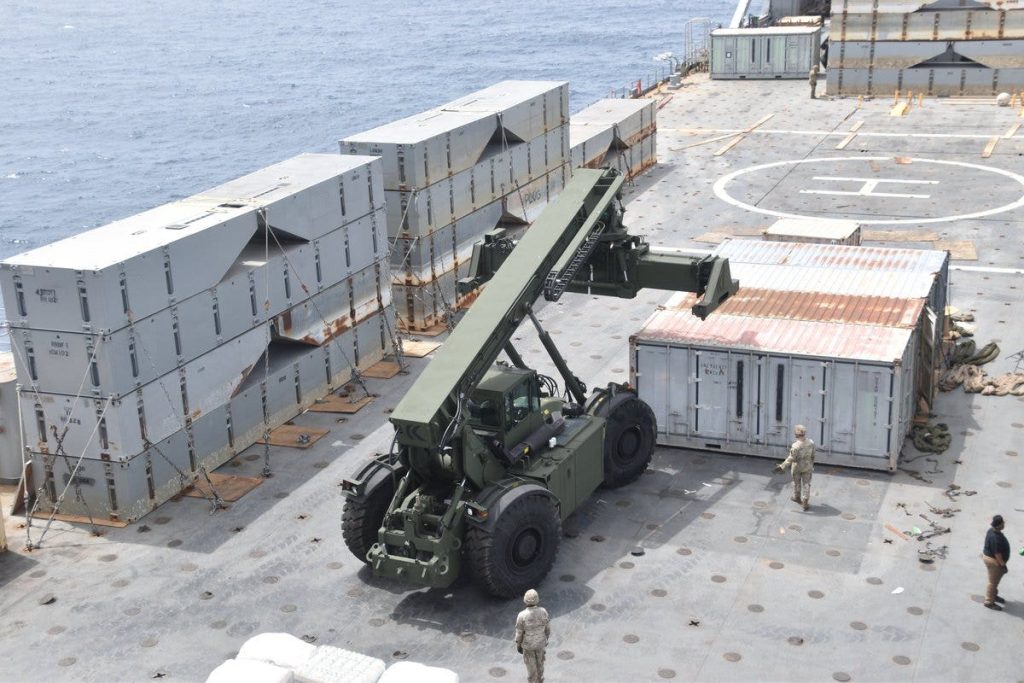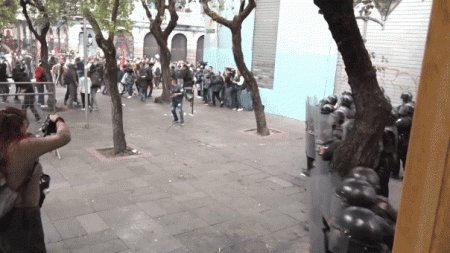The construction of both sections of a temporary floating pier intended to deliver humanitarian aid to Gaza has been completed by the U.S. Military, but weather and sea conditions are currently preventing the delivery of the parts to the region. These sections include the Trident Pier, which will be anchored to the Gaza shore, and the floating pier section. Despite being completed, the components are sitting at the Port of Ashdod as U.S. Central Command is waiting for safe conditions to move them offshore to Gaza.
Once the pier is off the coast of Gaza, the U.S. military and USAID will work together to deliver humanitarian assistance using military support vessels and trucks. The MV Sagamore, a cargo vessel currently in Cyprus, will transport aid using the JLOTS system between Cyprus and the offshore floating pier. The unloading of the aid will be a gradual process, starting with a small number of trucks to ensure that the distribution system is effective. Eventually, 150 trucks will be available to move aid into Gaza once the pier is fully operational.
The estimated cost of the project has nearly doubled from the original estimate of $180 million. The Pentagon has stated that the temporary floating pier will only be in use for a period of three months. Despite the controversy surrounding the project, U.S. Central Command has stated that the pier will be able to process up to two million meals a day for the people in Gaza. Security conditions and weather have caused delays in moving the components offshore, making it difficult to provide an exact date for when the pier will be maneuvered into place.
There is growing controversy over the temporary floating pier, with concerns raised about the cost and security implications of the project. The pier is part of President Biden’s vision for aiding the people of Gaza, but experts have expressed skepticism about the effectiveness of this approach. The project is seen as an explicit recognition of Hamas, the ruling party in Gaza, which has raised further questions about the long-term viability of providing aid through the pier. Despite these concerns, the U.S. Military remains committed to delivering humanitarian assistance to the people of Gaza through the temporary floating pier.
As the U.S. Military and USAID prepare to move the components offshore, CENTCOM stands by to relocate the pier sections to Gaza once safe conditions allow. The delivery of aid to Gaza is part of a larger effort to support the people of the region and provide much-needed assistance. While the exact timeline for moving the pier into place remains uncertain, the U.S. Military and USAID are working together to ensure that humanitarian aid reaches those in need in Gaza. Despite the challenges caused by weather and sea conditions, efforts to deliver aid through the temporary floating pier continue.













